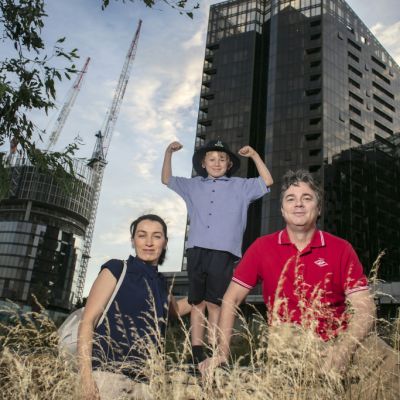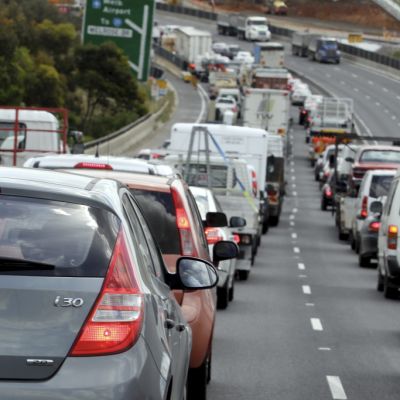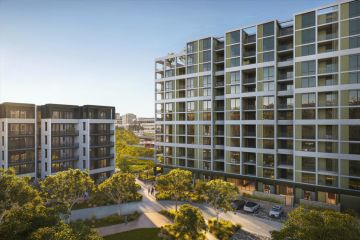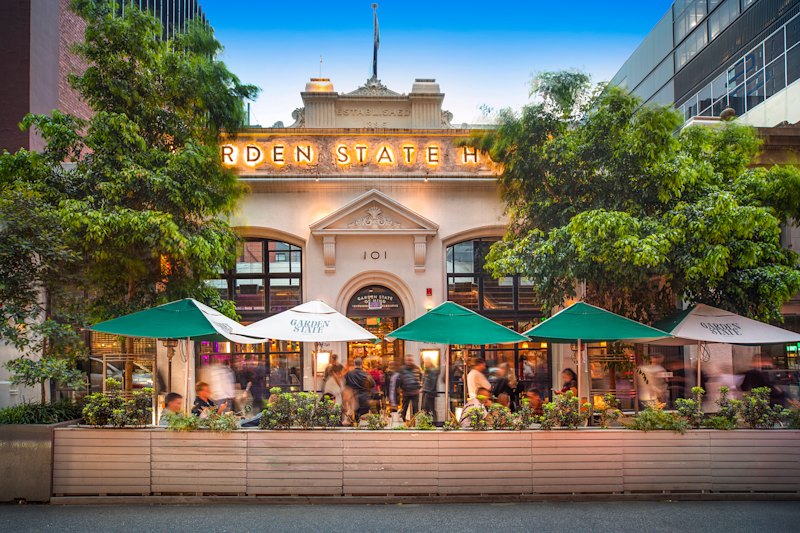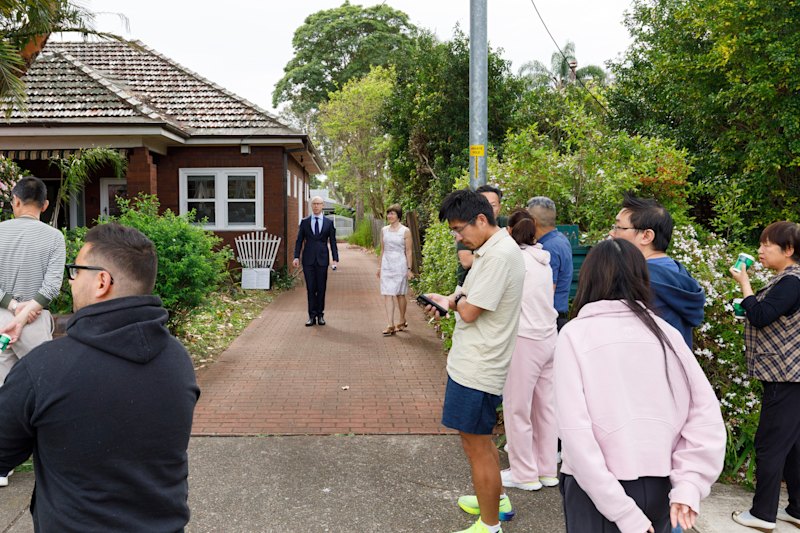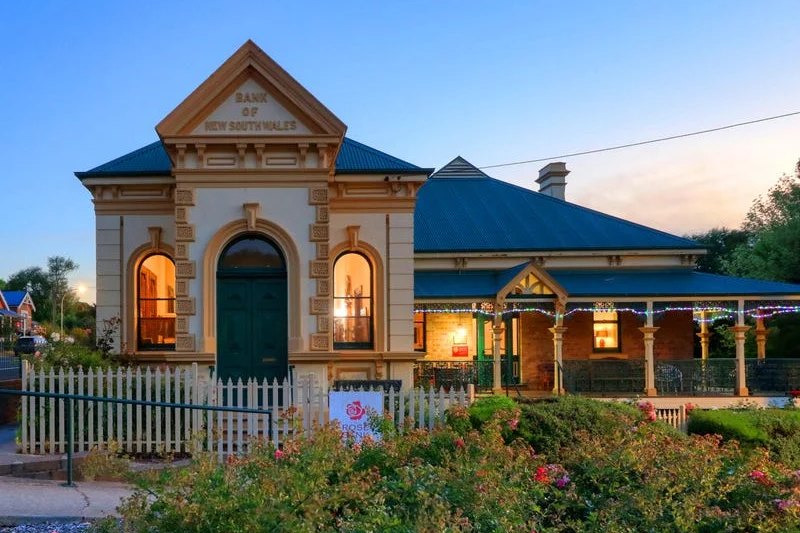Coronavirus border closures will grind Australia's population growth to a halt, experts suggest
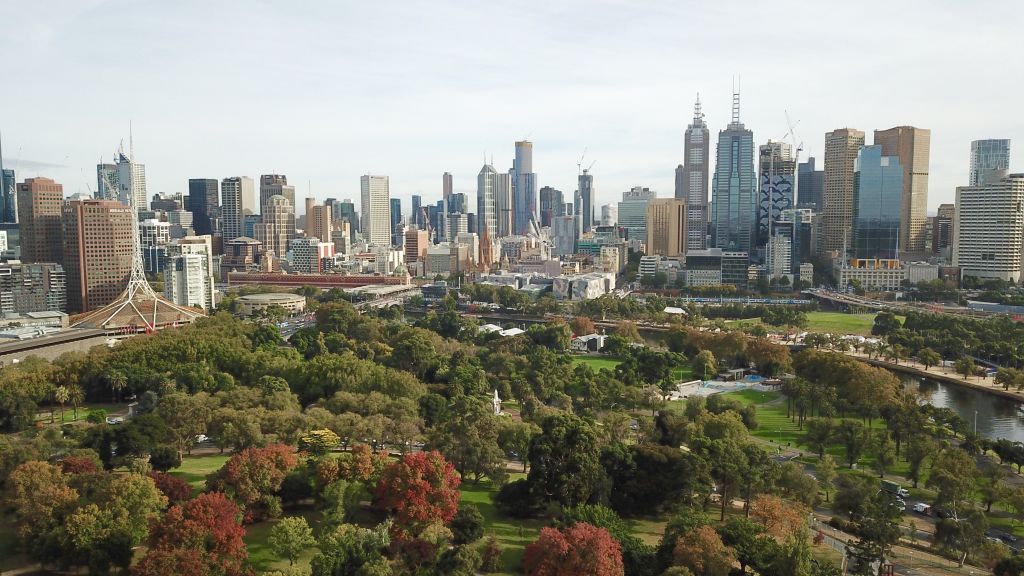
Australia’s capital cities grew by more than 300,000 people between 2018 and 2019, new figures show, but the temporary close of our national and state borders could see growth in our cities grind to a halt, experts say.
In our big cities, Sydney, Melbourne and to a lesser extent Brisbane, net international migration was where the majority of the population increase came from in the financial year to 2019, Australian Bureau of Statistics data released late last month shows.
As the COVID-19 pandemic sees our borders close to both overseas and interstate migrants, Australia’s net population increase will slow – particularly in Melbourne and Sydney, demographer Mark McCrindle says.
“The net gain that we have been seeing is going to be halted for this quarter and maybe the next six months,” Mr McCrindle says. “We’re looking at around 80,000 people per quarter across the nation.”
Melbourne saw the highest increase overall, with a net population increase of 113,480 – most from international migration (77,369), then due to natural increase (births minus deaths – 33,859) and a small proportion was interstate migration (2252).
Sydney was the capital with the second-highest population growth – a total increase of 87,065 was again mostly due to net international migration (73,919).
Our largest city actually lost more than 25,000 people (net) to interstate migration, with a large proportion of those moving to Brisbane. The Queensland capital had the country’s highest net internal migration, with nearly 16,000 people added to its population from interstate.
Mr McCrindle said while interstate migration was likely to return to usual once the pandemic was over, government policies would determine how quickly people from overseas were able to move here.
“Overseas migration could be affected well into next year and maybe for a couple of years,” he says. “We could see tighter controls around the countries people are coming from, [and] maybe around the reasons they’re coming here. Also with high unemployment, we may well see a pull-back in what was the skilled visa – the 457 visa.”
He says people may also not be as attracted to moving to Australia as before, with students and long-term holiday-makers on working visas potentially re-thinking relocation.
“We’ve been one of the fastest growing nations in the developed world, and that growth did help us through the global financial crisis. Where other countries slipped into recession, we were assisted with our population growth,” he says.
ABS demographer Andrew Howe says while projections have not been done on how coronavirus could affect population growth, it was easy to deduce from the previous financial year where changes could occur.
“We can see that overseas migration is the biggest area of growth, particularly for Melbourne and Sydney, so if people are no longer moving to those cities, it could affect their growth over a period of time,” Mr Howe said.
He said it was possible the country’s birth rate could also slow during this time, as economic uncertainty could dissuade people from having children.
Australian National University demography professor James Raymer also says this was a likely outcome of the pandemic, despite memes on social media predicting lockdown babies.
“People will still have babies, but I don’t think just because more people are home they’re going to have more children,” Professor Raymer says. “During times of war or depression, birth rates go down.”
He says once people start to feel more economic certainty, Australia could see a baby boom, but it’s unlikely it will rival the size of the one after World War II.
“A lot of people who have children these days wait until they’re in their 30s, so there’s not a huge window of opportunity,” he says.
Mr McCrindle says the pandemic also has the potential to affect the types of properties people want to buy.
“As people move into this period where the home is that place of security, and people recognise that these home isolation realities can come into place in the 21st century, the value of the backyard, the value of the piece of land that one owns will come into a bit more of some people’s thought process.”
Areas with a high level of apartment buildings, including inner-city Melbourne and Surfers Paradise in Queensland, saw some of the most population growth from international migration in 2018-19.
“We’ve seen massive growth in demand for apartments and approvals around high-density living, but this could probably give a boost back to the detached home or the townhouse – the missing middle,” Mr McCrindle says.
He says the other thing that may shift people’s focus away from inner-city living is our new work habits, as many Australians still employed during the pandemic are doing so from home.
“Suddenly, you don’t need to work in the CBD of Melbourne to hold down that big job,” he says.
We recommend
States
Capital Cities
Capital Cities - Rentals
Popular Areas
Allhomes
More
- © 2025, CoStar Group Inc.
